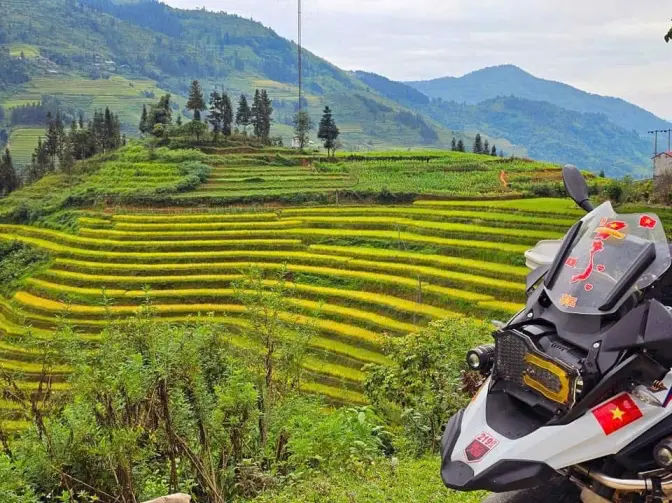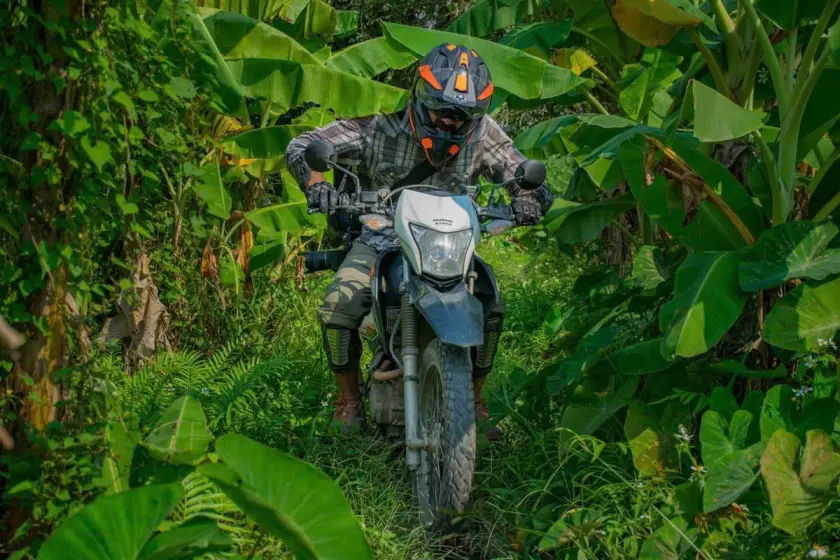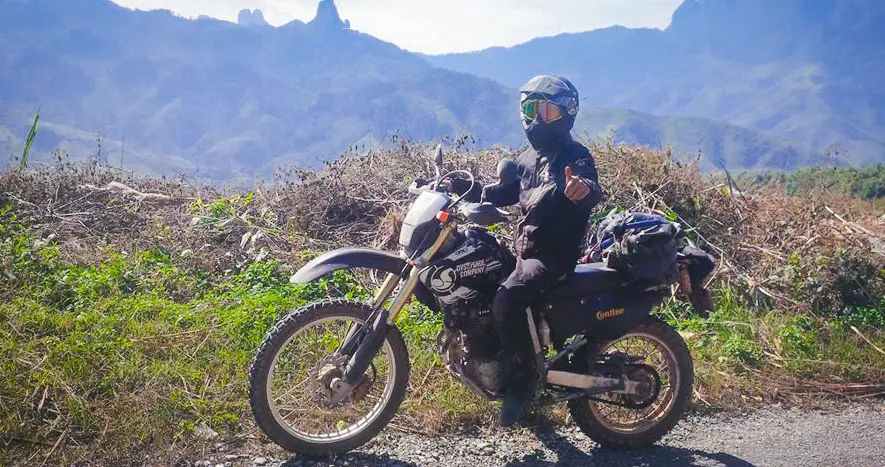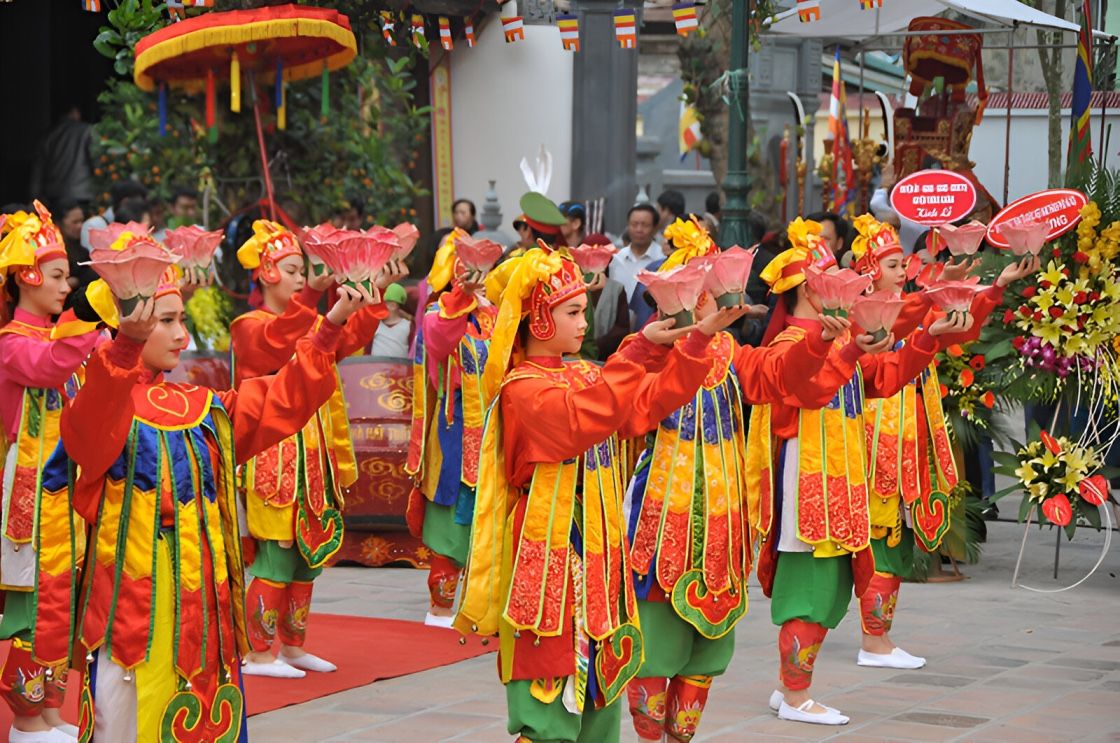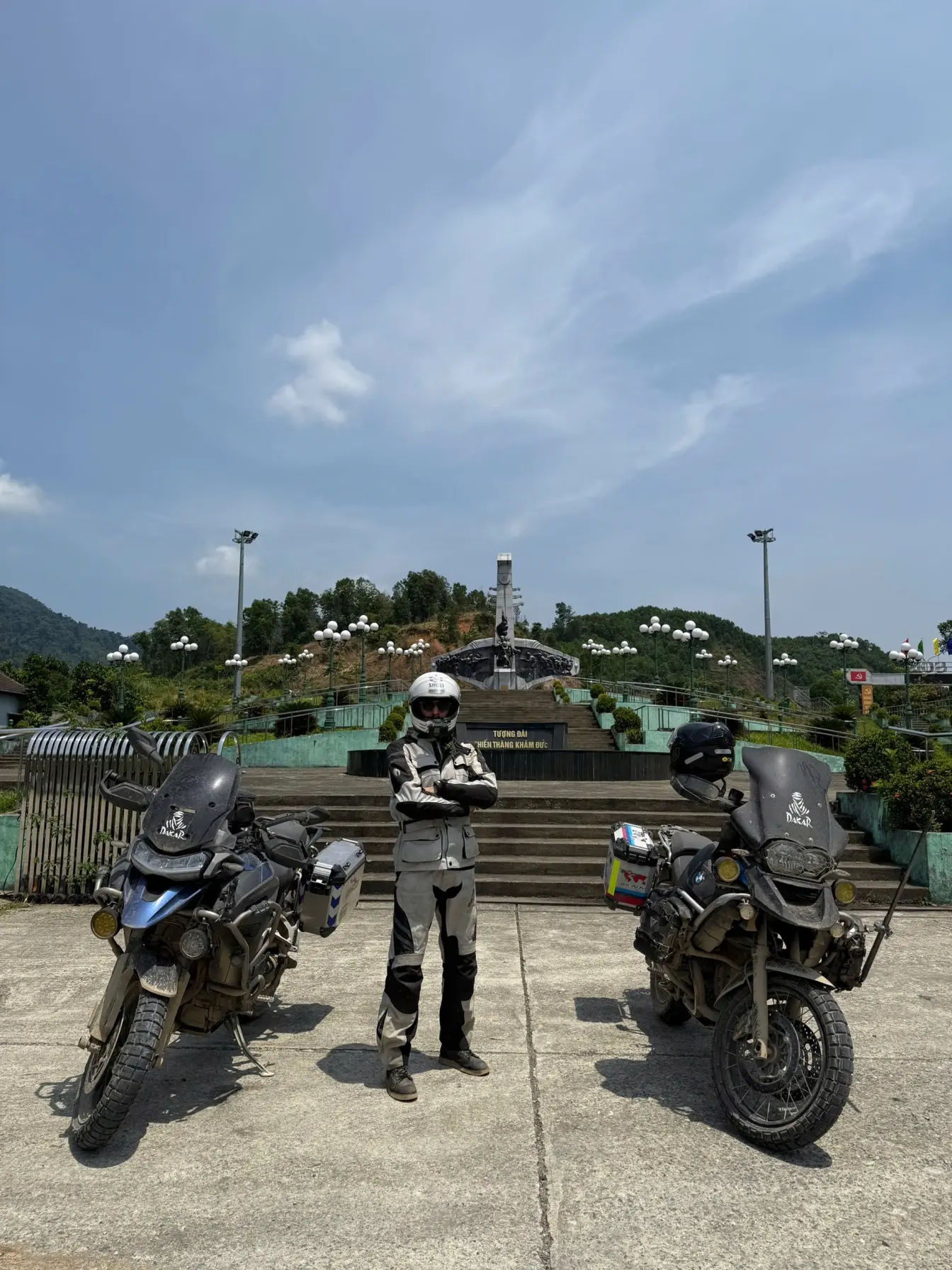
Many travelers ask: is the Ha Giang Loop dangerous? Steep mountain roads, sharp turns, unpredictable weather, and busy traffic sometimes make riders nervous—especially first-time motorbike travelers. But don’t let that fear stop you. With the right preparation, you can ride safely and fully enjoy one of Vietnam’s most breathtaking adventures. In this guide, I’ll share practical tips, real experiences, and safety insights to help you tackle the Ha Giang Loop with confidence.
- Check out Ha Giang Loop Motorbike Tours
Is the Ha Giang Loop Dangerous? What You Should Know Before You Ride
The Ha Giang Loop has become a bucket-list adventure for travelers in Vietnam. Usually, it takes three to five days to complete, and during that time you ride across spectacular mountains, misty valleys, and ethnic minority villages. For some, the thrill feels like freedom. For others, the dramatic roads spark anxiety and raise questions about safety. If you’re wondering is the Ha Giang Loop dangerous, the answer depends on your riding skills, awareness, and preparation. It’s true—this road has earned a reputation as one of the most dangerous roads in Vietnam, but with caution, the experience becomes more rewarding than risky.
When I first rode here with friends, I felt both nervous and excited. The roads zigzagged across cliffs, fog rolled in out of nowhere, and local trucks sped past blind curves. But I also remember laughing with my group over hot bowls of pho in small villages, swimming in waterfalls, and meeting welcoming families in remote homestays. That mix of challenge and beauty is exactly why the Ha Giang Loop stays unforgettable.

Key Dangers to Be Aware of on the Ha Giang Loop
Poorly Maintained Roads
Some sections of the Ha Giang Loop remain rough, with gravel, potholes, and tight curves along sheer drops. These Ha Giang Loop road conditions demand focus and steady control of your motorbike. Inexperienced riders sometimes misjudge sharp corners, which explains many Ha Giang Loop accidents. Ride slowly and don’t push beyond your limits.
Unpredictable Weather
In the mountains, sunshine can quickly turn into heavy rain or thick fog. During the rainy season, roads get slick, visibility drops, and landslides can block paths. Cold winds in winter add another challenge. Always check the forecast daily before riding.
Rockslides
Rockslides happen after strong rains. While not constant, they remain a danger on mountain passes. Locals will sometimes warn travelers about blocked areas, so listen to advice along the way.
Lack of Medical Facilities
If an accident happens, medical help can be far away. Small clinics exist in towns, but serious treatment usually requires reaching Ha Giang City. That’s why preparation and defensive riding are essential.
Inexperienced Drivers
Many backpackers try the loop without real riding skills. Unfortunately, that decision leads to accidents. Every year, crashes involve riders who rented a motorbike for the first time and underestimated the terrain. If you lack confidence, ride with an easy rider (a local driver) instead.
Ha Giang Loop Safety: How to Ride Smart
Pick the Right Season
The safest months are September–November and March–May. Roads stay drier and visibility clearer. The rainy season brings the highest risk of Ha Giang Loop accidents.
Choose the Right Bike
A manual bike such as Honda XR150, CRF, or a small touring bike works best. Scooters lack strong brakes and suspension, which makes them risky here. Check brakes, tires, and lights before leaving town.
Pack Smart
Bring rain gear, gloves, warm clothes, and a small first-aid kit. Snacks, water, and a local SIM card will also help during long stretches without shops. A power bank and offline maps come in handy too.
Follow the Rules
Ride slow on descents, honk at blind curves, and never overtake on narrow paths. Always wear a proper helmet, not the flimsy rentals. Respect local traffic patterns and remember—your safety comes before speed.
Plan Your Trip
Book your accommodations ahead, especially in Dong Van and Meo Vac. Know where to refuel because some stretches have no gas stations. If you’re unsure, hire a guide. They know the routes, safe stops, and local culture.
Real Rider Experiences on the Ha Giang Loop
During my second ride on the loop, I joined a family of travelers—parents and their teenage son. They had read about the Ha Giang Loop death rate online and felt nervous. But with a local guide, they rode safely, laughed together over rice wine in Du Gia, and left with glowing smiles. Their verdict: “It looks dangerous on paper, but with the right guide, it’s the highlight of Vietnam.”
I also met a German backpacker who typed “Ha Giang Loop gefährlich” before coming, unsure if he should risk it. After finishing, he said the roads were intense but manageable and safer than expected once he slowed down and stayed alert.
Suggested 4-Day Itinerary for the Ha Giang Loop
Most riders complete the loop in 3–5 days. Here’s a balanced 4-day plan:
Day 1: Ha Giang City – Yen Minh
About 90km with stops at Quan Ba Heaven Gate and Lung Tam Village. Stay overnight in Yen Minh at a local homestay with food, music, and games.
Day 2: Yen Minh – Meo Vac
Ride through Tham Ma Pass and Dong Van before tackling Ma Pi Leng Pass, often called the most scenic yet most dangerous road in Vietnam. End in Meo Vac with homestay hospitality.
Day 3: Meo Vac – Du Gia
Take a boat trip on the Nho Que River, see Tu San Canyon, and end the day in Du Gia Village with karaoke and new friends.
Day 4: Du Gia – Ha Giang City
Swim at Du Gia waterfall, visit Little Ma Pi Leng Canyon, and finish back in Ha Giang City by late afternoon.
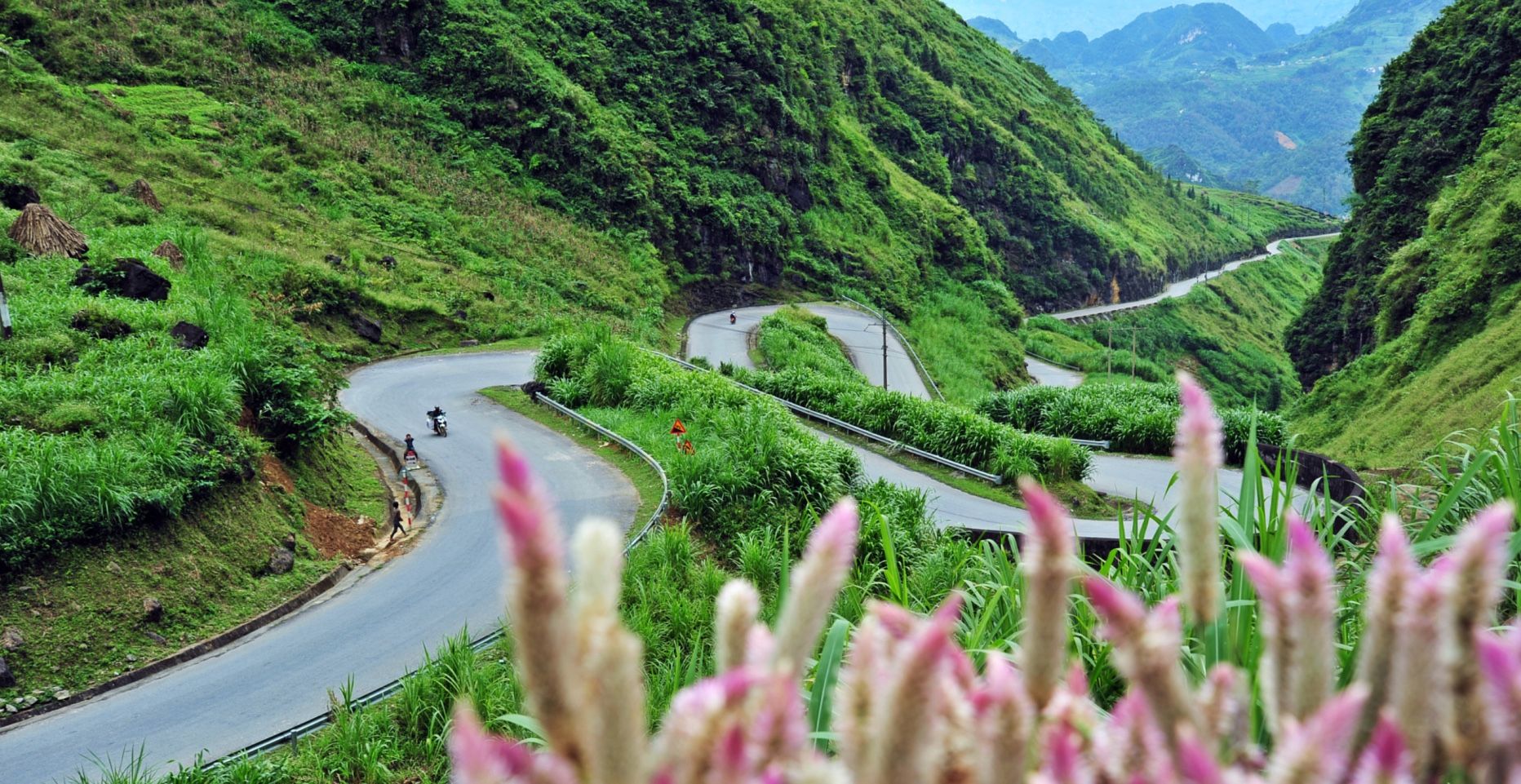
FAQ: Ha Giang Loop Safety & Dangers
Is the Ha Giang Loop Dangerous?
The Ha Giang Loop can be risky for inexperienced riders because of sharp turns, changing weather, and mountain cliffs. With preparation, it becomes safer. Hiring a guide or easy rider is the best option if you’re unsure.
What about Ha Giang Loop deaths and death rate?
Tragic accidents happen but remain rare. The Ha Giang Loop death rate is low compared to the number of travelers riding each year. Most Ha Giang Loop deaths result from reckless riding, speeding, or inexperience. Ride cautiously and you’ll minimize risks.
How are the Ha Giang Loop road conditions?
Roads mix between smooth asphalt and rough, narrow gravel sections. Some parts lack guardrails. After rain, mud and landslides can worsen conditions, so always adjust speed.
What should I pack?
Bring a light backpack with clothes, jacket, first-aid kit, sunscreen, mosquito spray, and swimwear for rivers and waterfalls. Leave heavy luggage at your hotel in Ha Giang City.
Final Thoughts on the Ha Giang Loop
The Ha Giang Loop has a reputation as dangerous, but in reality it rewards those who respect the road. Ride responsibly, avoid risky shortcuts, and consider joining a local easy rider tour. You’ll discover jaw-dropping landscapes, welcoming locals, and unforgettable memories. For me, every trip to Ha Giang reinforces the same thought: the loop looks scary at first, but once you ride it, you realize it’s one of the most life-changing journeys in Vietnam.
About the Author: Ms. Thu is a Vietnamese traveler and storyteller who has explored every corner of Vietnam on motorbike. She loves sharing practical safety tips, cultural insights, and hidden gems so riders can experience Vietnam’s beauty with confidence and joy.



